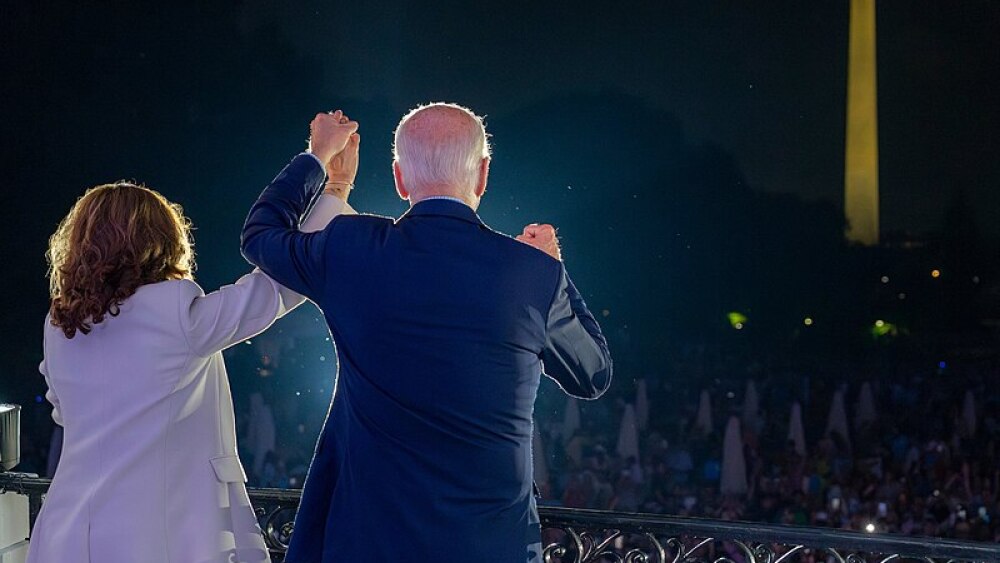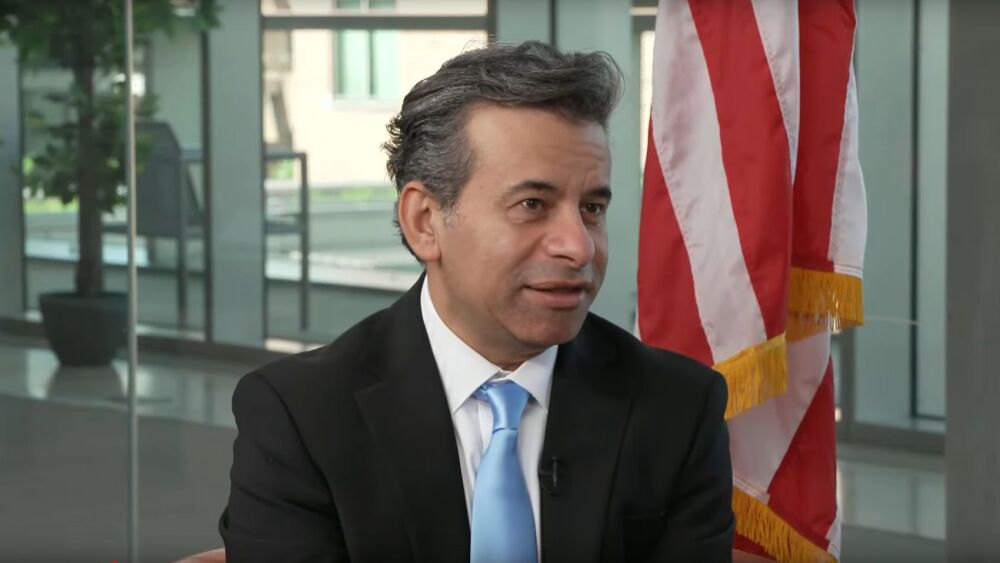For the Biden-Harris administration to compare the newly announced negotiated Medicare prices to the list prices for these drugs is, at best, not very meaningful. At worst, it’s disingenuous.
President Joe Biden and Vice President Kamala Harris declared victory on Thursday at a campaign event in Maryland, touting the newly released prices for the initial 10 prescription drugs negotiated between Medicare and drugmakers under the Inflation Reduction Act (IRA). But the reality is that while the Biden-Harris administration announced discounts ranging from 38% to 79% for the initial round of the IRA’s Medicare Drug Price Negotiation Program, many of these first 10 drugs are already sold well below list price, and at this point it’s unclear what savings, if any, Medicare beneficiaries will see.
Thursday’s rally was the duo’s first joint event since Harris replaced Biden as the presumptive 2024 Democratic presidential nominee, and the administration used the opportunity, which just so happened to fall on the second anniversary of Biden’s signing the IRA into law, to announce an estimated $6 billion in government savings when the new prices go into effect in 2026.
“For years, Big Pharma blocked Medicare from negotiating lower drug prices. The consequence: they are able to maintain the exorbitant price increases, and their profits are uncalled for,” Biden told the crowd at Thursday’s campaign event. “Look, but this time, we finally beat Big Pharma.”
For her part, Harris reminded the crowd at Thursday’s event that she cast the tie-breaking vote in the Senate for the IRA, sending the bill to Biden’s desk for his signature. “In the two years since, we’ve been using this new power to lower the price of lifesaving medications”—prices that Big Pharma has “inflated” to increase profits as millions of Americans suffer from various ailments, Harris said at Thursday’s event. “We’ve finally addressed the longstanding issue that for years was one of the biggest challenges.”
But again, it’s hard to say if the issue has really been addressed. Peter Rubin, executive director of No Patient Left Behind, a non-profit focused on patient access to affordable medicines, in a statement said that “Medicare may have negotiated a better deal for health insurers but we don’t really know yet because the CMS materials compare their prices to ‘list’ prices versus actual market prices.” He added that “there’s still no guarantee that Medicare beneficiaries are going to see meaningfully lower prices at the pharmacy counter.”
Making Sense of the Drug Savings
The IRA might be considered Biden’s crowning legislative achievement. The landmark law empowers Medicare for the first time to negotiate prescription drug prices with manufacturers. In the run-up to the 2024 presidential election, the IRA has taken center stage as the Centers for Medicare and Medicaid Services (CMS) negotiated with drug manufacturers.
The Biden-Harris administration’s showdown with Big Pharma has become even more politically significant with Harris recently replacing Biden as the presumptive presidential nominee. Thursday’s campaign event and the White House’s release of a statement from Harris were an attempt to closely tie her to lower Medicare Part D prescription drug prices that resonate with the electorate—particularly the more than 50 million Medicare beneficiaries enrolled in Part D plans.
At next week’s Democratic National Convention in Chicago, the dog and pony show will continue as Democrats rally around Harris and celebrate her and Biden for limiting the power of drugmakers.
But for the Biden-Harris administration to compare the newly announced negotiated Medicare prices to the list prices for these drugs is at best not very meaningful—and at worst is disingenuous. BMO Capital Markets analyst Evan Seigerman in a note to investors wrote that “the important comparison remains the difference between the product’s newly discounted price and the product’s ultimate net price, including rebates (which were not part of this conversation).”

(Source of estimated net rebate discounts used for calculating current net price: The Commonwealth Fund)
Nicole Bean for BioSpace
Lee Brown, global healthcare sector lead at research firm Third Bridge, said in a statement that “it is important to realize that the headline discounts of the negotiated prices from the 2023 list prices do not represent the incremental cost savings,” noting that “the average discount based on Medicare Part D spend likely approximates 10–11% with the possibility that the actual percentage of savings falls in the mid- to high-single digits range.”
Still, according to the Department of Health and Human Services, with the new prices—which take effect in 2026 for people with Medicare Part D prescription drug coverage—beneficiaries are expected to see aggregated estimated savings of $1.5 billion in their personal out-of-pocket costs” next year.
However, a June 2024 analysis from Milliman—commissioned by the Pharmaceutical Research and Manufacturers of America (PhRMA)—found that the IRA’s drug pricing provisions could result in 3.5 million Medicare Part D beneficiaries facing higher out-of-pocket costs in 2026. Among the report’s findings: seniors and those with disabilities who are enrolled in Medicare Part D and take a drug subject to IRA pricing are likely to see an average increase of 12% in annual out-of-pocket costs.
PhRMA CEO Steve Ubl in a statement accused the Biden-Harris administration of “using the IRA’s price-setting scheme to drive political headlines” but said “patients will be disappointed” as “there are no assurances [they] will see lower out-of-pocket costs because the law did nothing to rein in abuses by insurance companies and PBMs who ultimately decide what medicines are covered and what patients pay at the pharmacy.”
And, so, the war of words continues between Big Pharma and the White House. As for whether the movement on Medicare drug prices sways votes, that remains to be seen. According to Reuters opinion polls conducted last year, many Americans don’t know much about the IRA. Similarly, a May 2024 KFF poll found that though awareness has increased among older voters, most respondents were still unaware of the IRA’s Medicare drug pricing provisions. This week’s brouhaha was the administration’s attempt to change that.






